In 2009, I began to explore my ideas of fighting through ink on newsprint, indicative of classical Japanese sumi-e and Chinese shui-mo. An interest in Eastern Mysticism primed by my studies of martial arts provided a direction towards painting Japanese, Chinese and Indian idols, of which three quickly became prevalent in my paintings—twins that are called Mugyo and Agyo, and another known as the Acala or Fudo-Myo-o. I saw the black ink as yet another alternative through which I could understand something I couldn’t quite see, however, this time it was the contours that were apparent and not the medium.
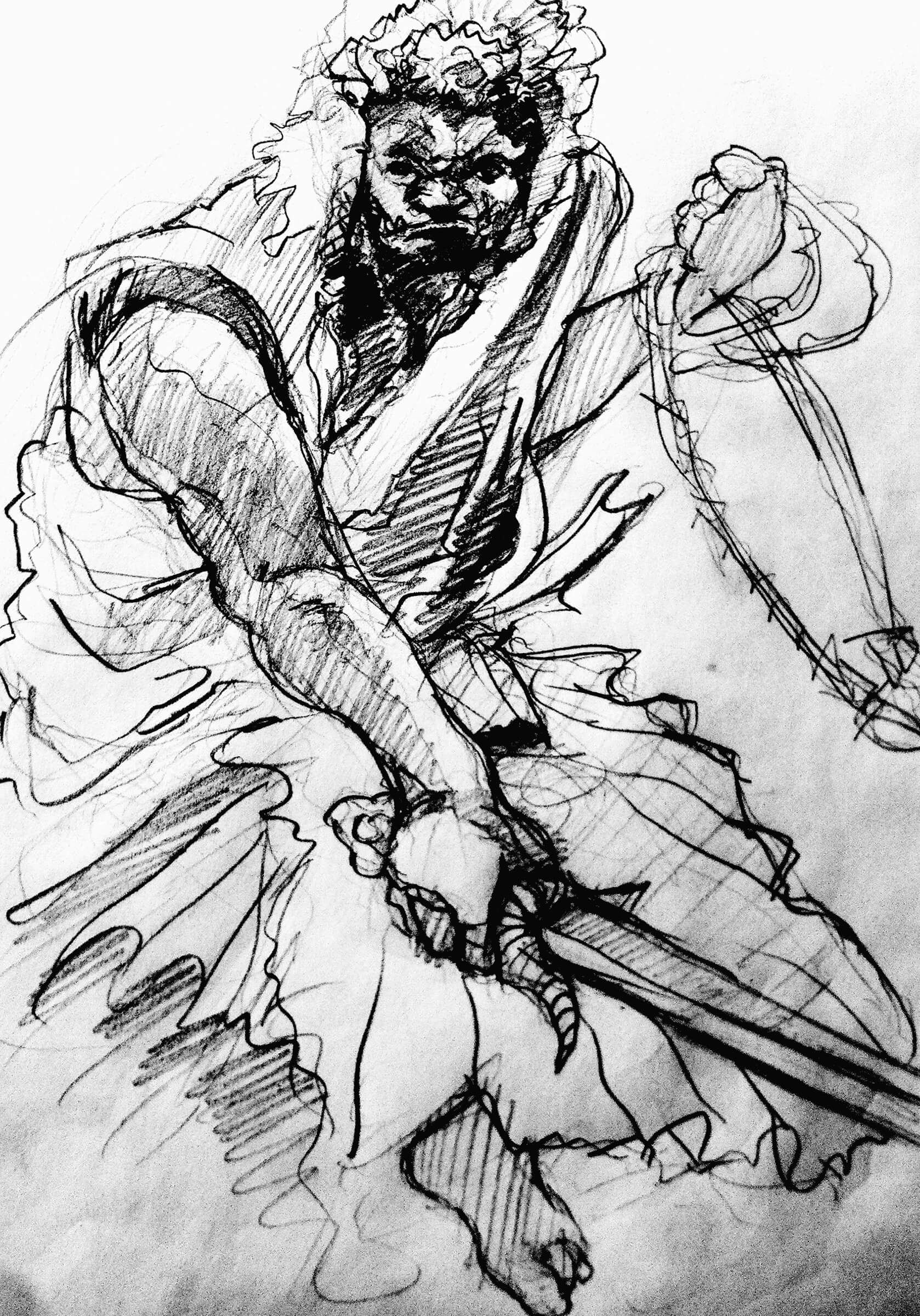
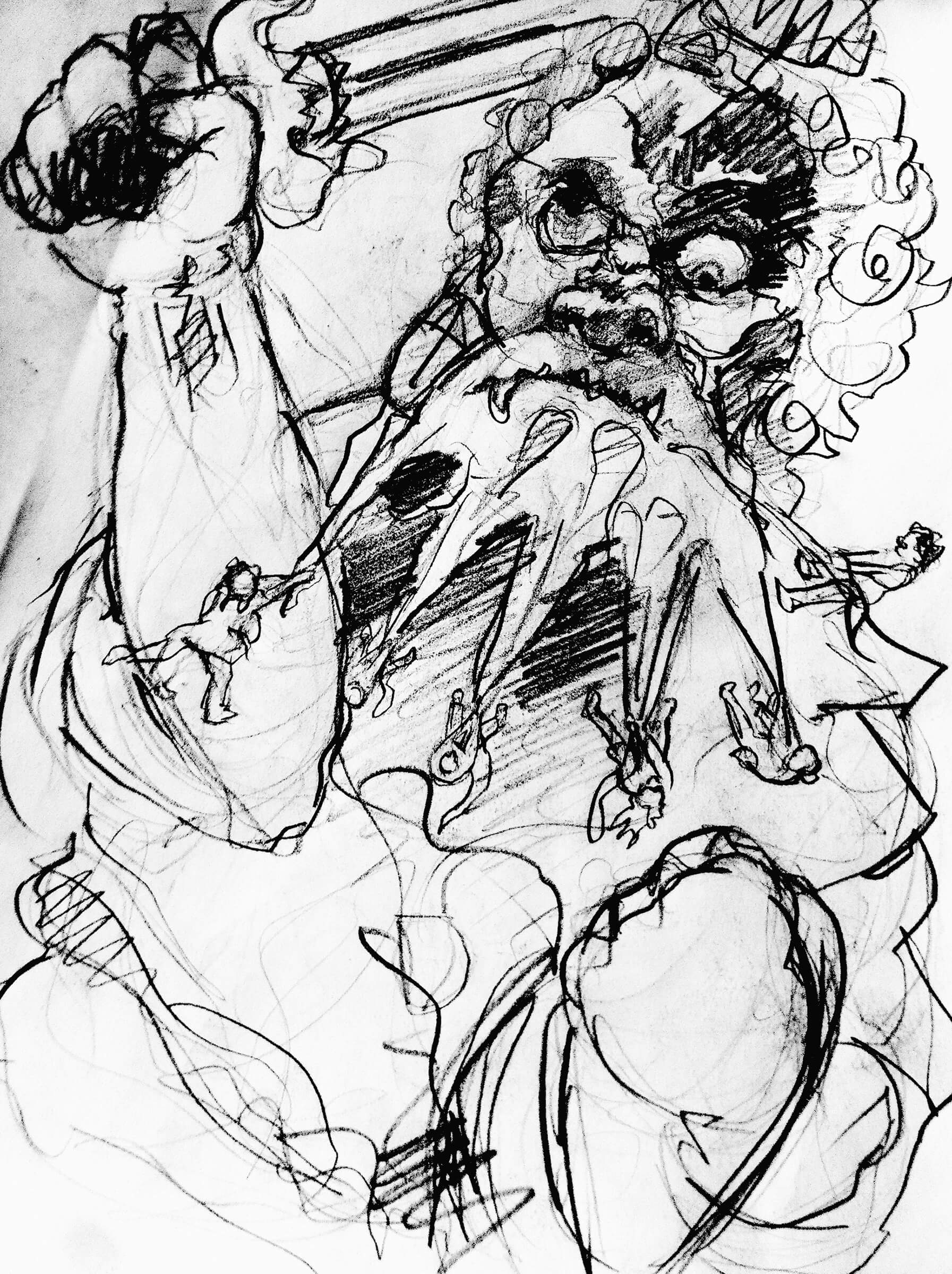
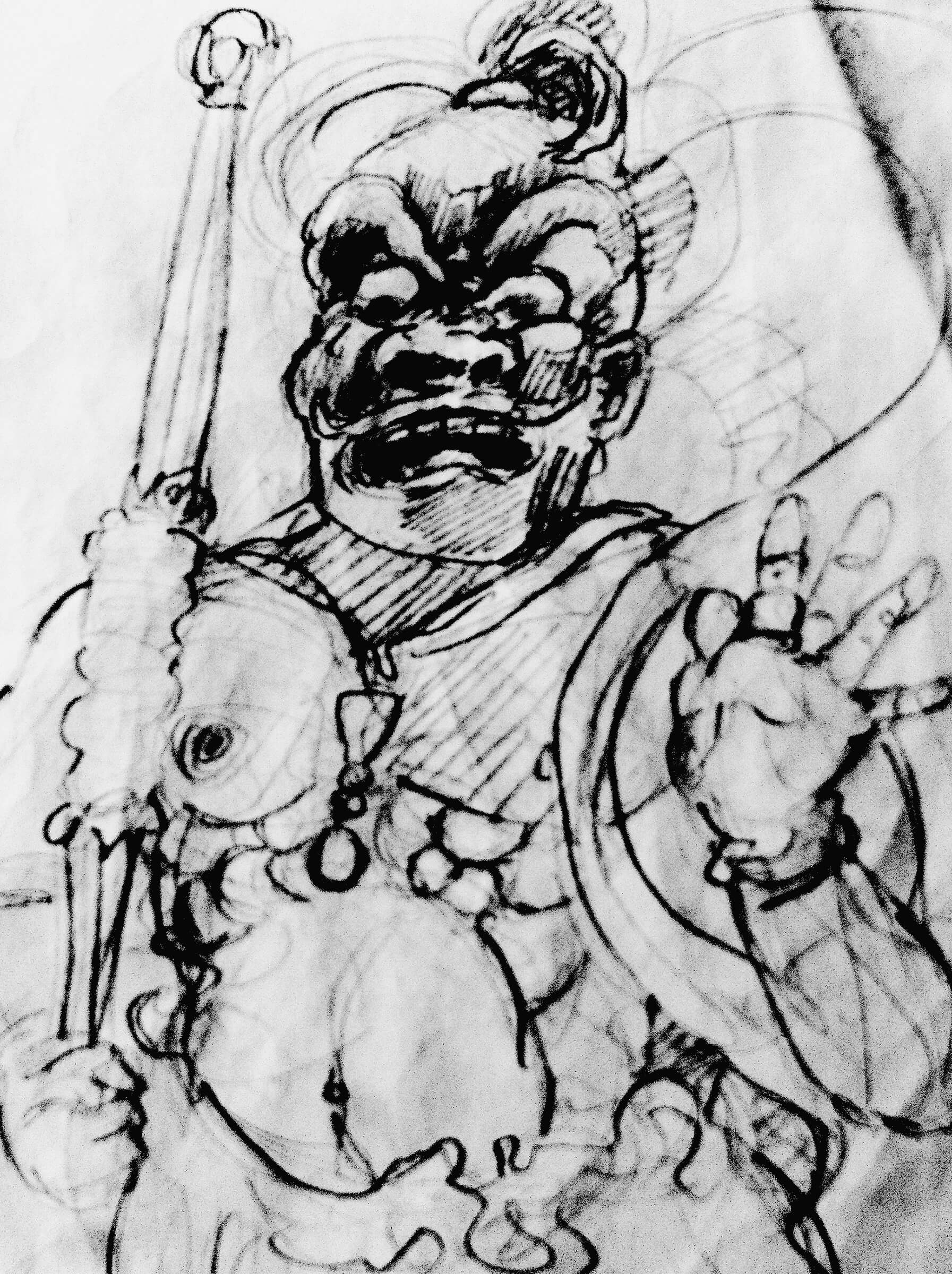
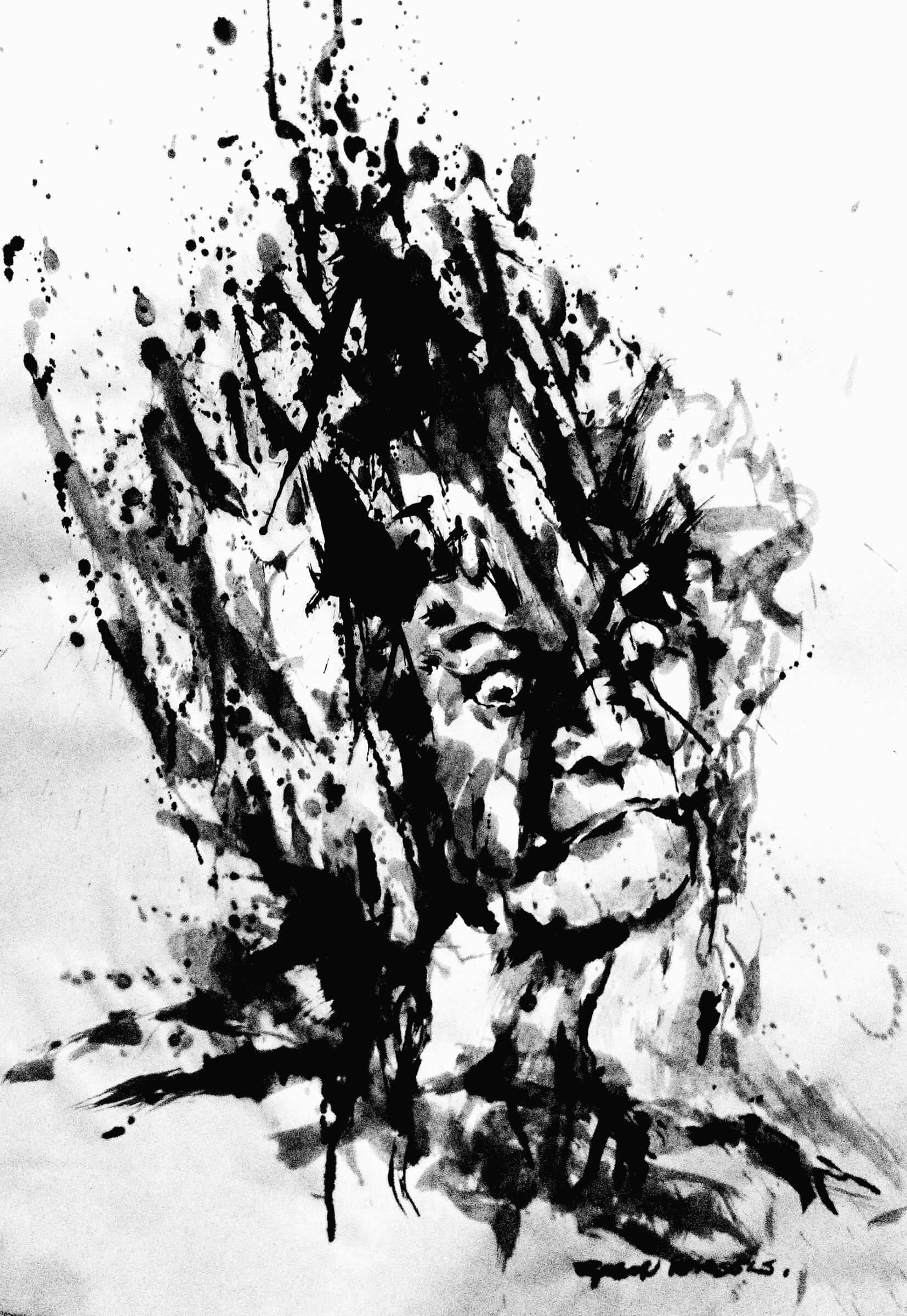
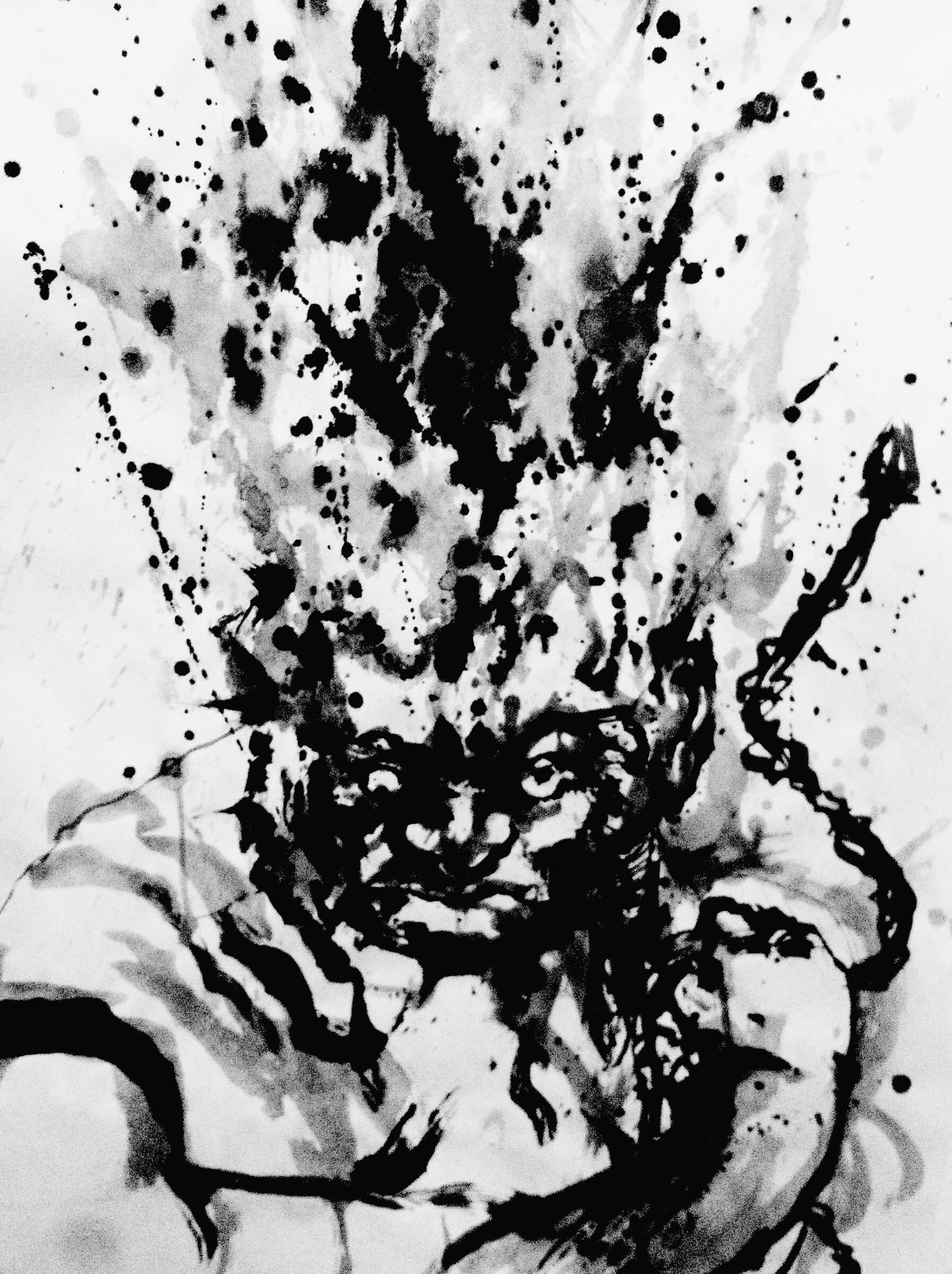
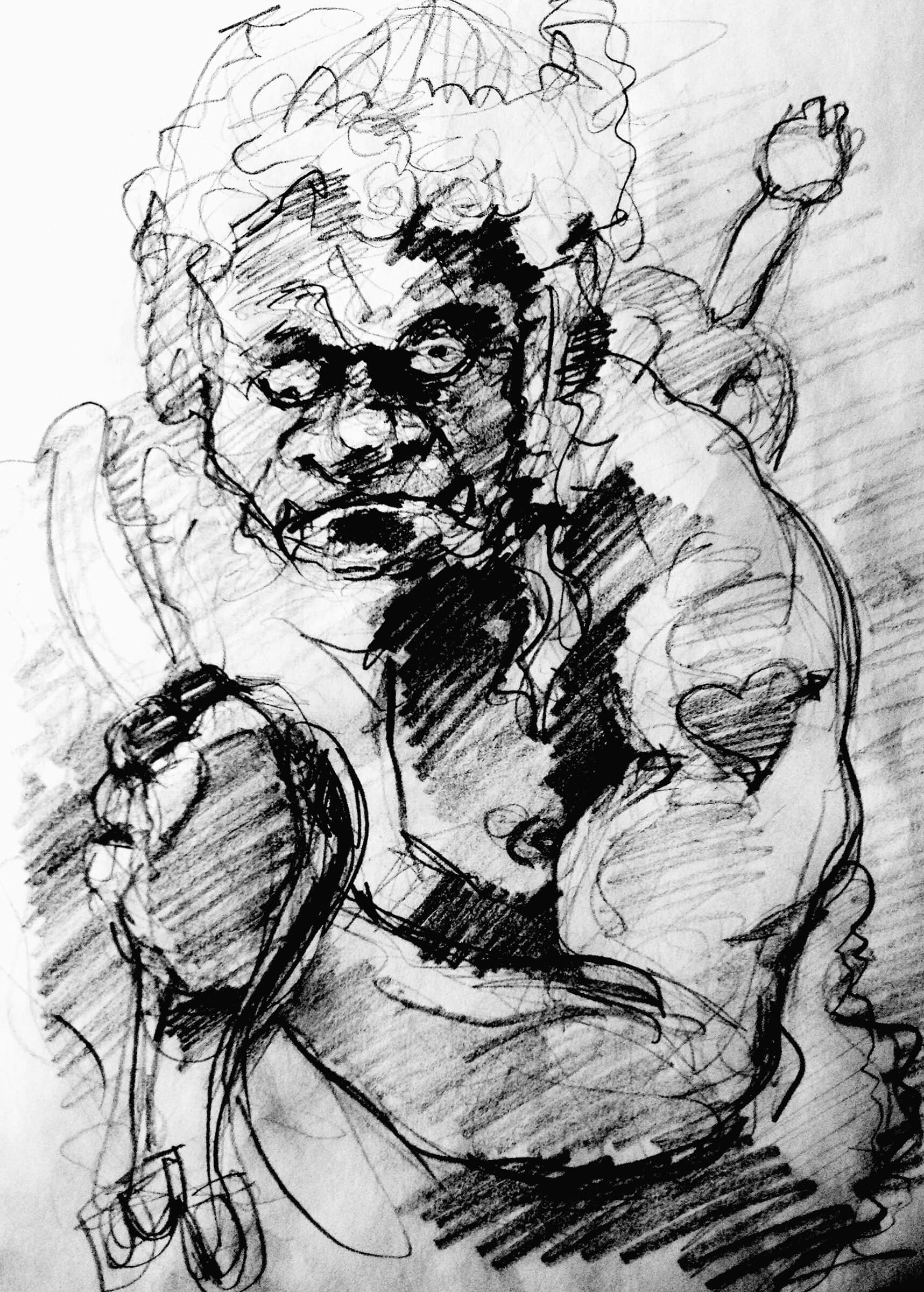
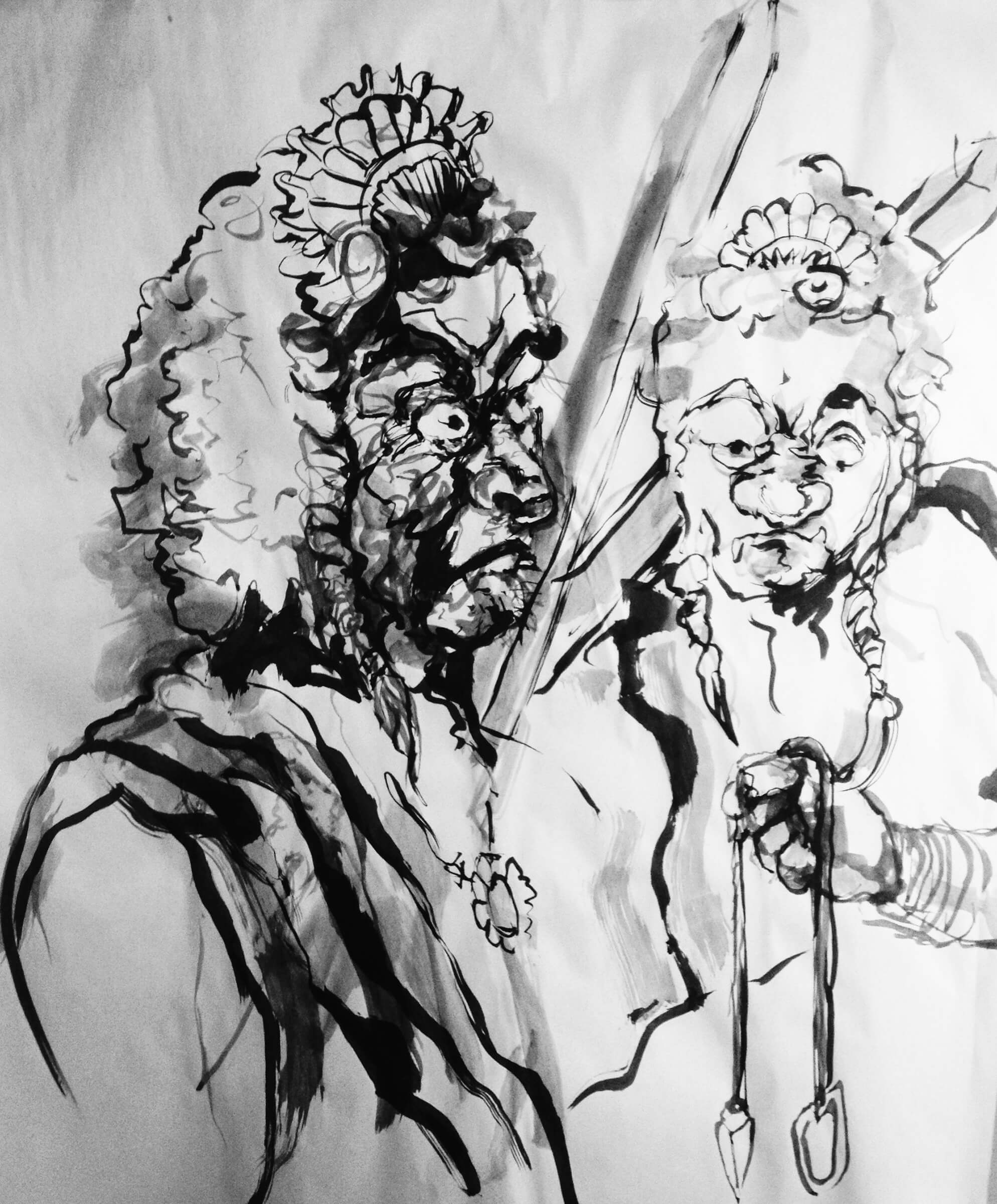
The ink period led to great insights that propelled the direction of my art. The way Eastern theology depicted their gods as ugly and tortured, often standing in the winds of adversity or in the flames of karmic purpose, as though the price of liberating the wisdom to see beyond it is in the strength to endure for another. The Eastern artistic aesthetic of good (balance) and evil (suffering) was a radical alternative to how I had been taught to see these polarities through the western aesthetic. Suffering and balance wasn’t something to avoid or to harness, it was and is a natural dynamic of creation and change to which harmony of good and evil are just out of view, and yet the foundation of all we experience together.
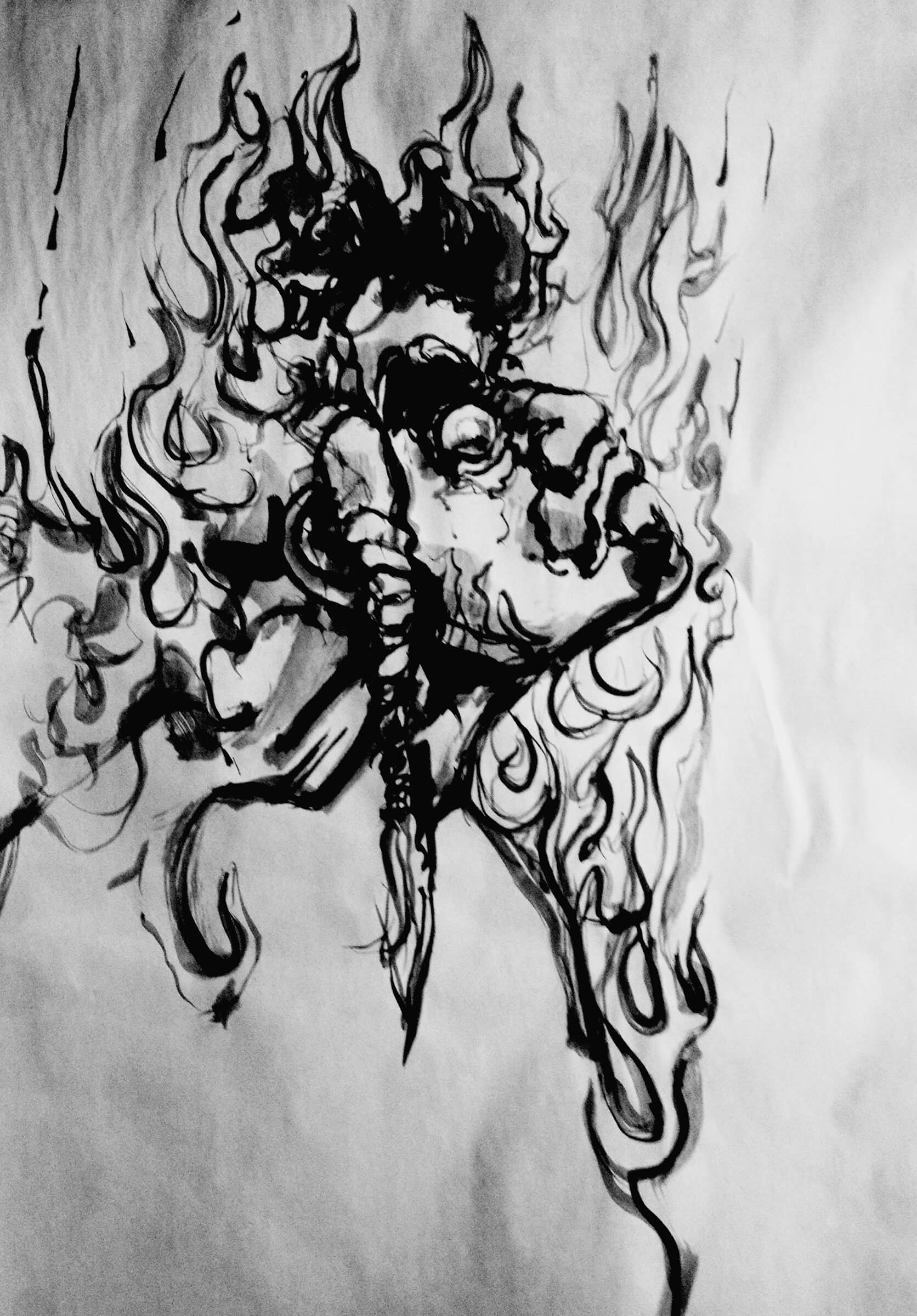
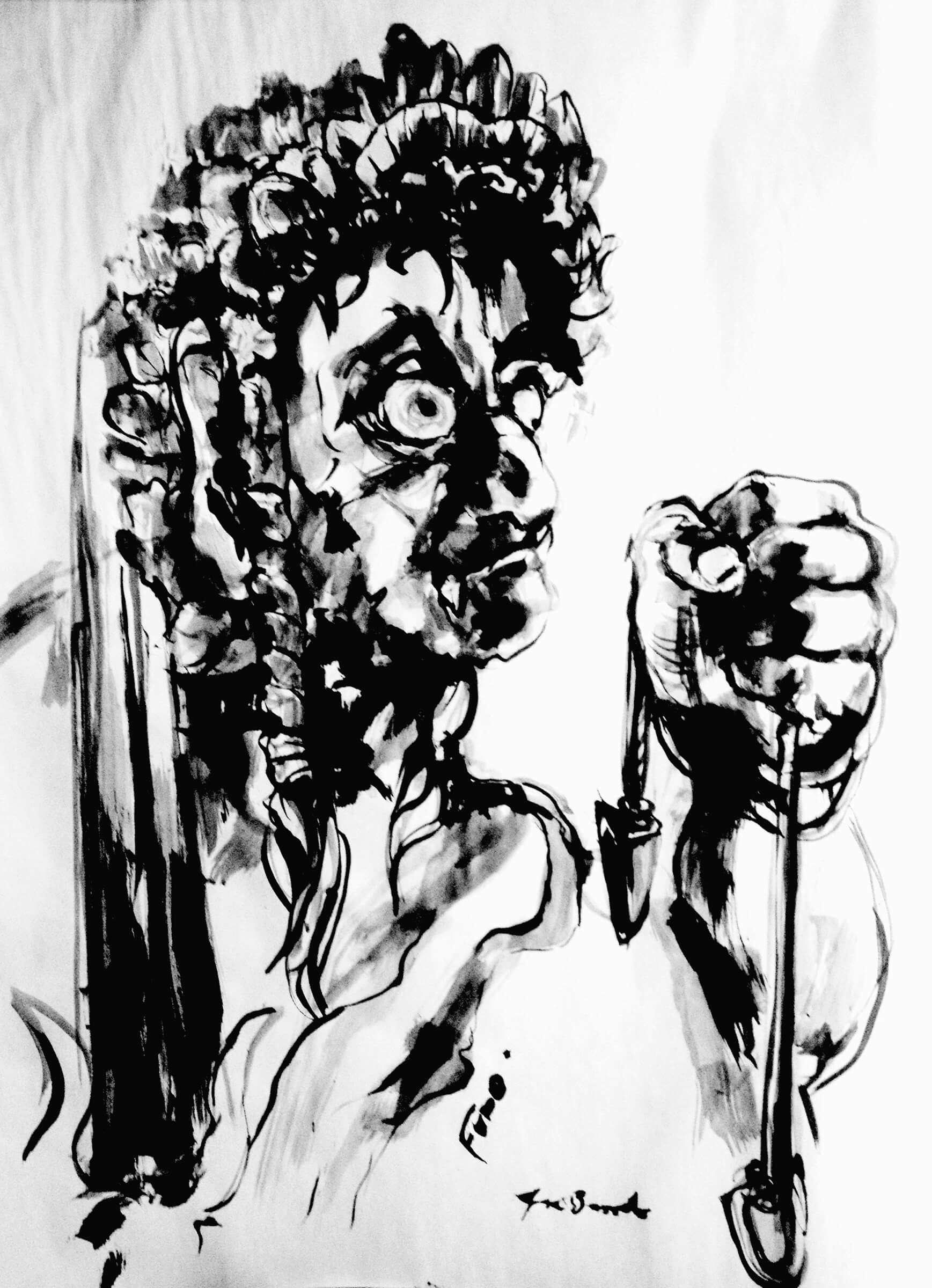
The Guardian or Wisdom Kings stand at the temple entrance, one with his mouth open purging destructive energy, the other with his mouth closed keeping it out, another looking outward as he looks in—a theme that became ever more evident in my martial arts studies, and how a student becomes ever more equated with a destructive aspect of their nature and its worldly impact through repeatedly extending and retrieving it through and with another in an ever more refined manner they could not do alone.
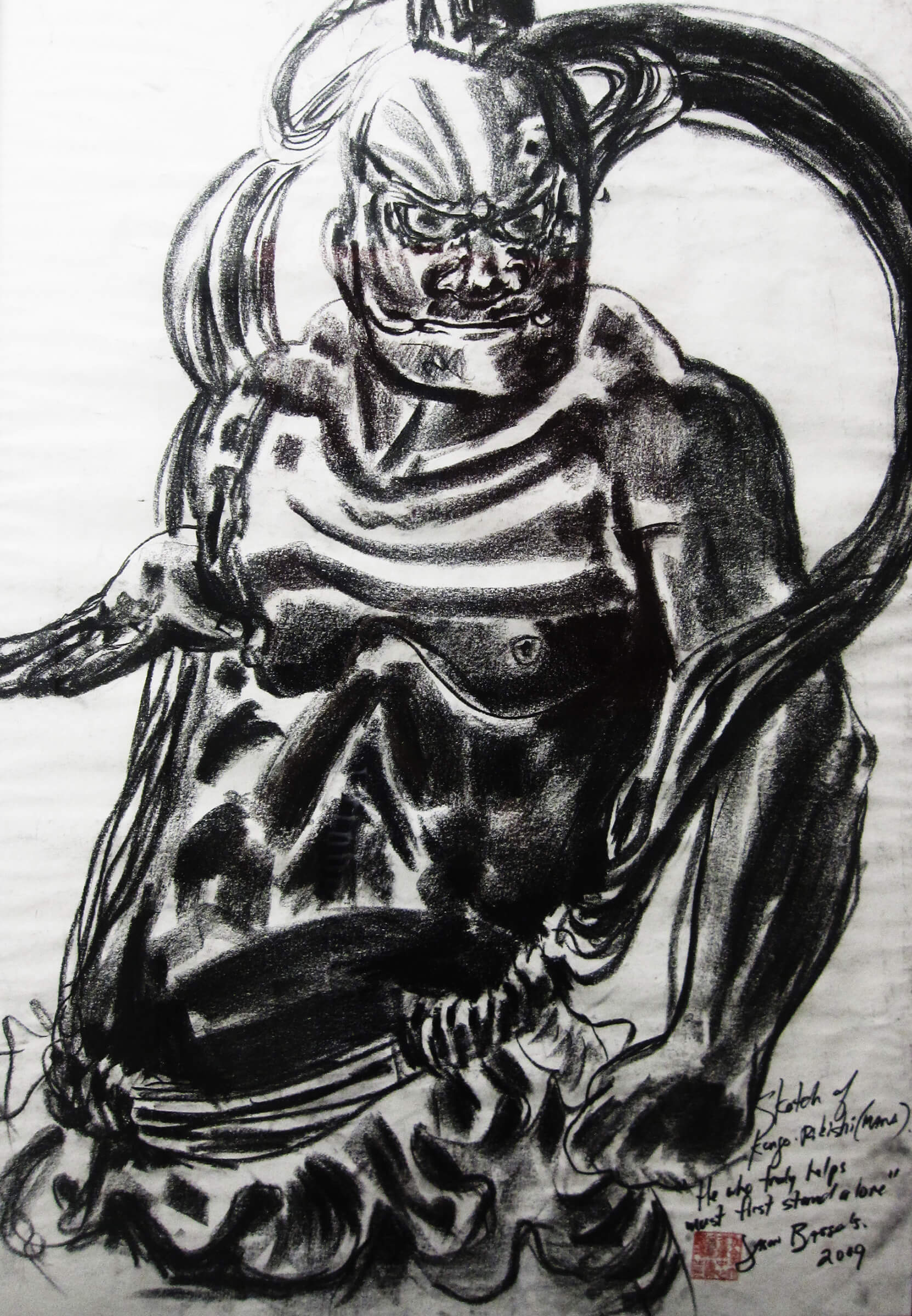
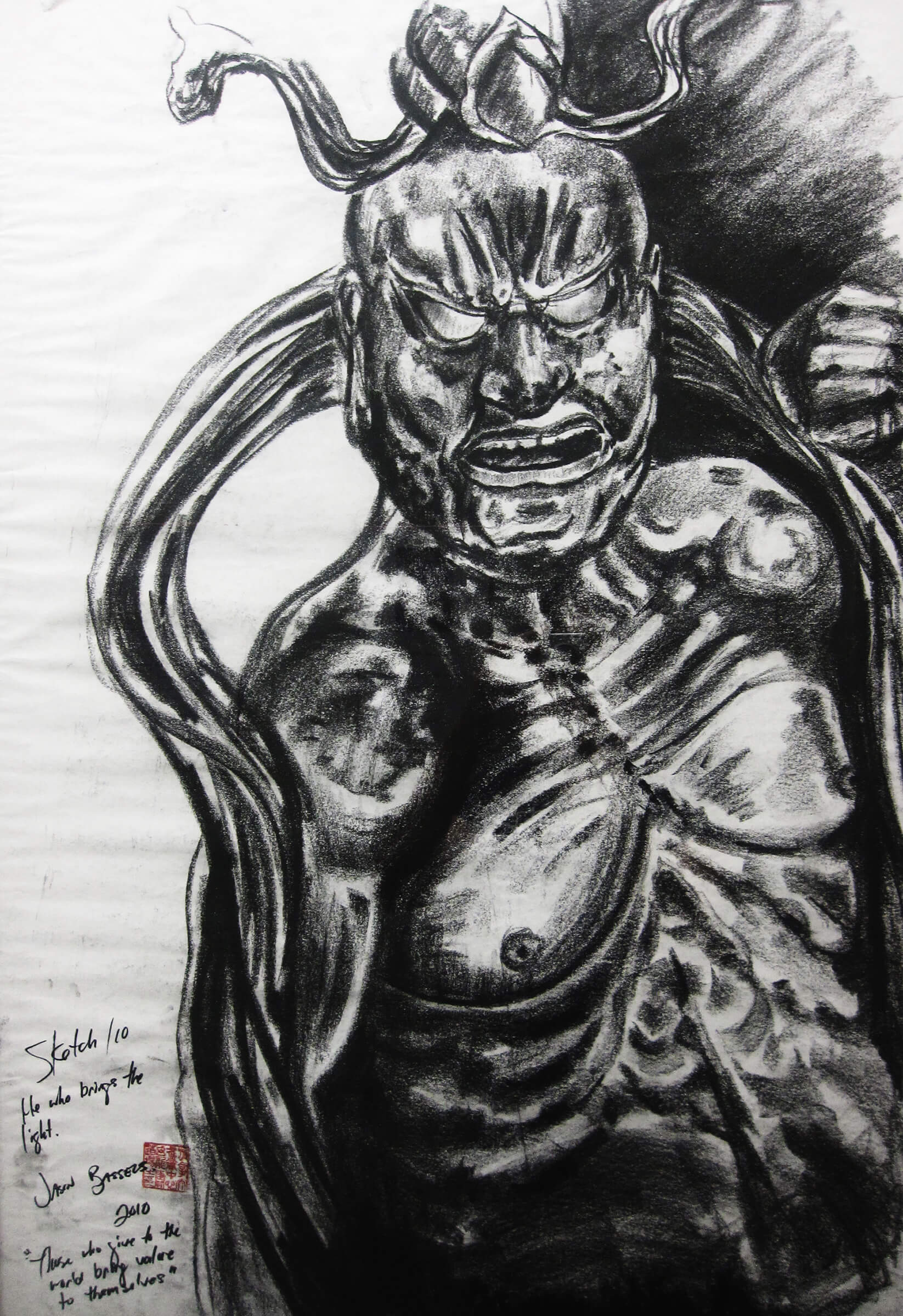
This period of painting the wisdom kings elaborated the persona of the human body as more than a temple, but rather a destination we are all travelling towards even though we are it. I began to see the temple as a body that hosts a narrative that is most familiar and yet difficult to understand without each other, like one hand trying to clap and cannot know its nature without the friction of the other.
The analogy of a student’s path up the mountain to the temple became clearer as not something specific to martial arts, but something unilateral to being human. It is the trials we experience through each other that give the ever-changing path the substance upon which we step. Should we arrive at the gate that leads beyond the threshold of ourselves, our greatest test was not to have arrived, but rather to have been prepared to meet the guardians who stand guard there; a path that led to that very summit in ourselves upon which we travel through each other.
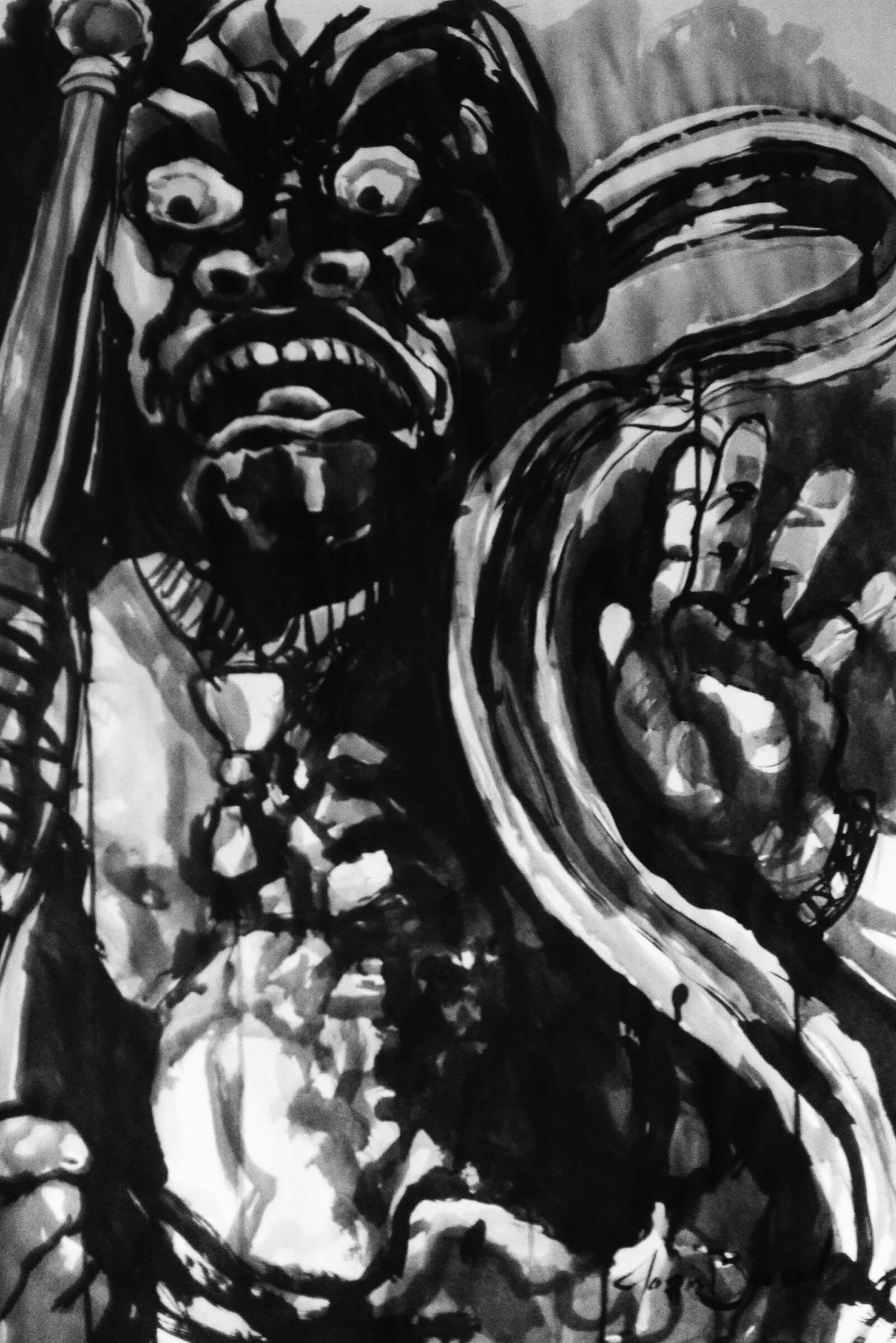
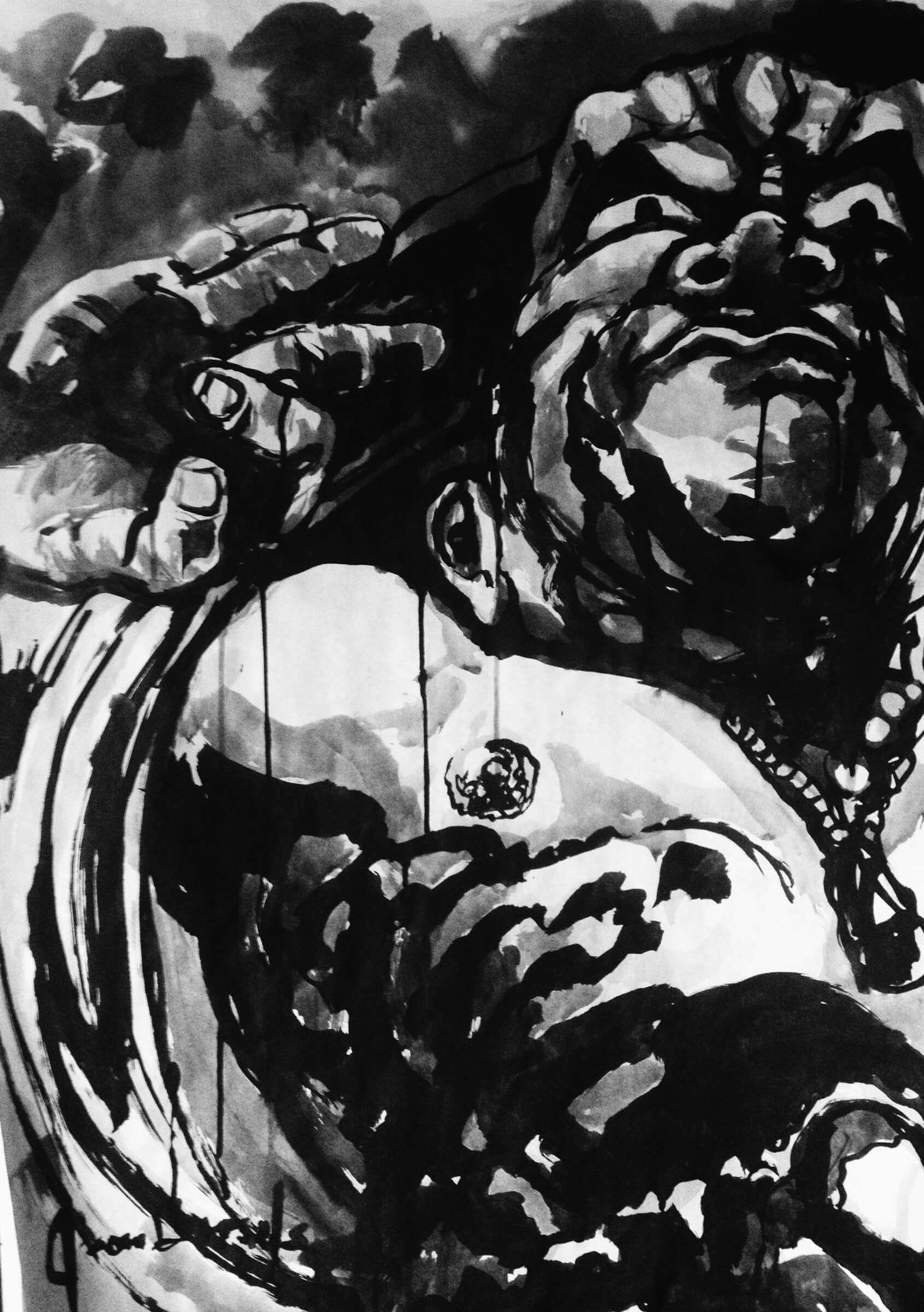
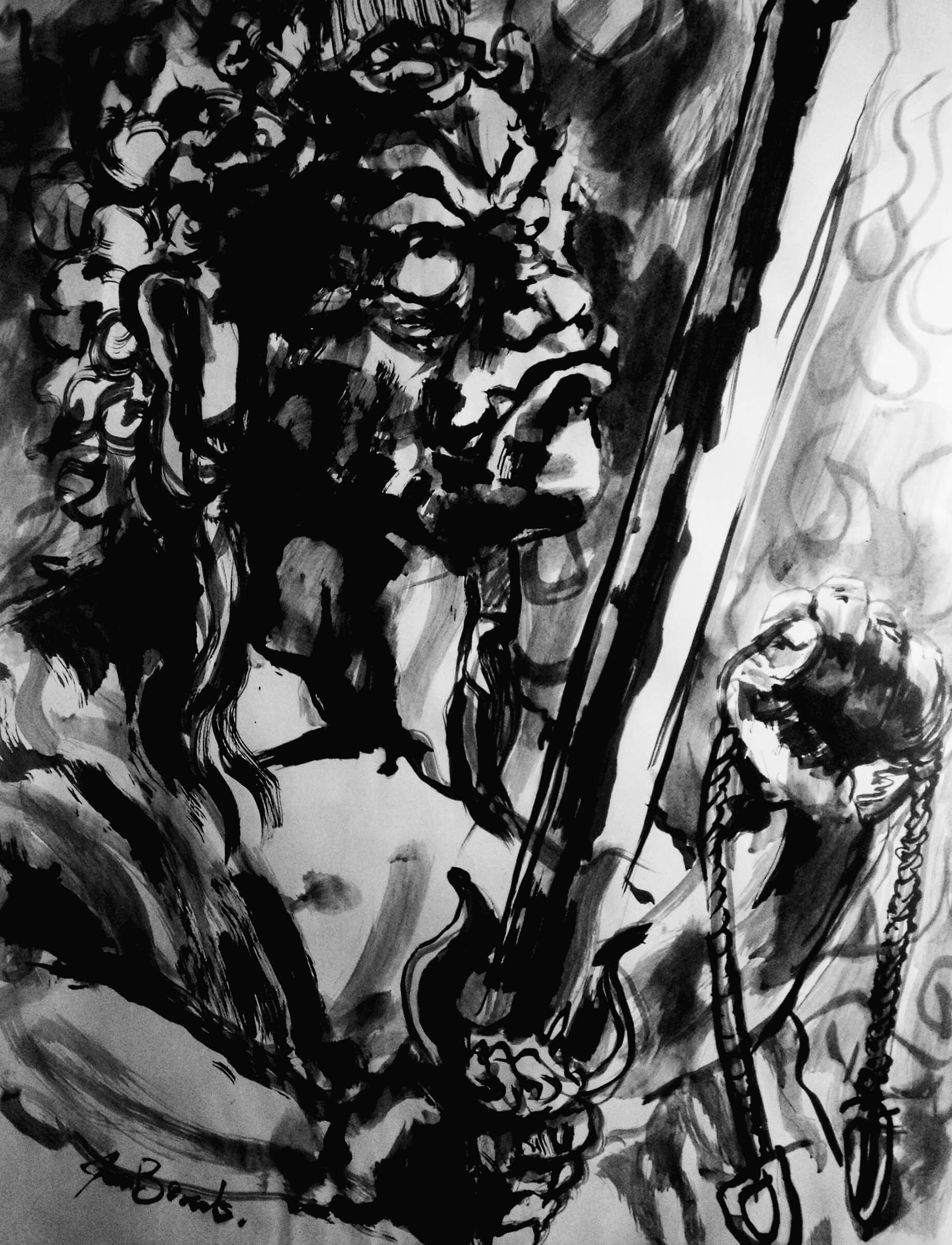
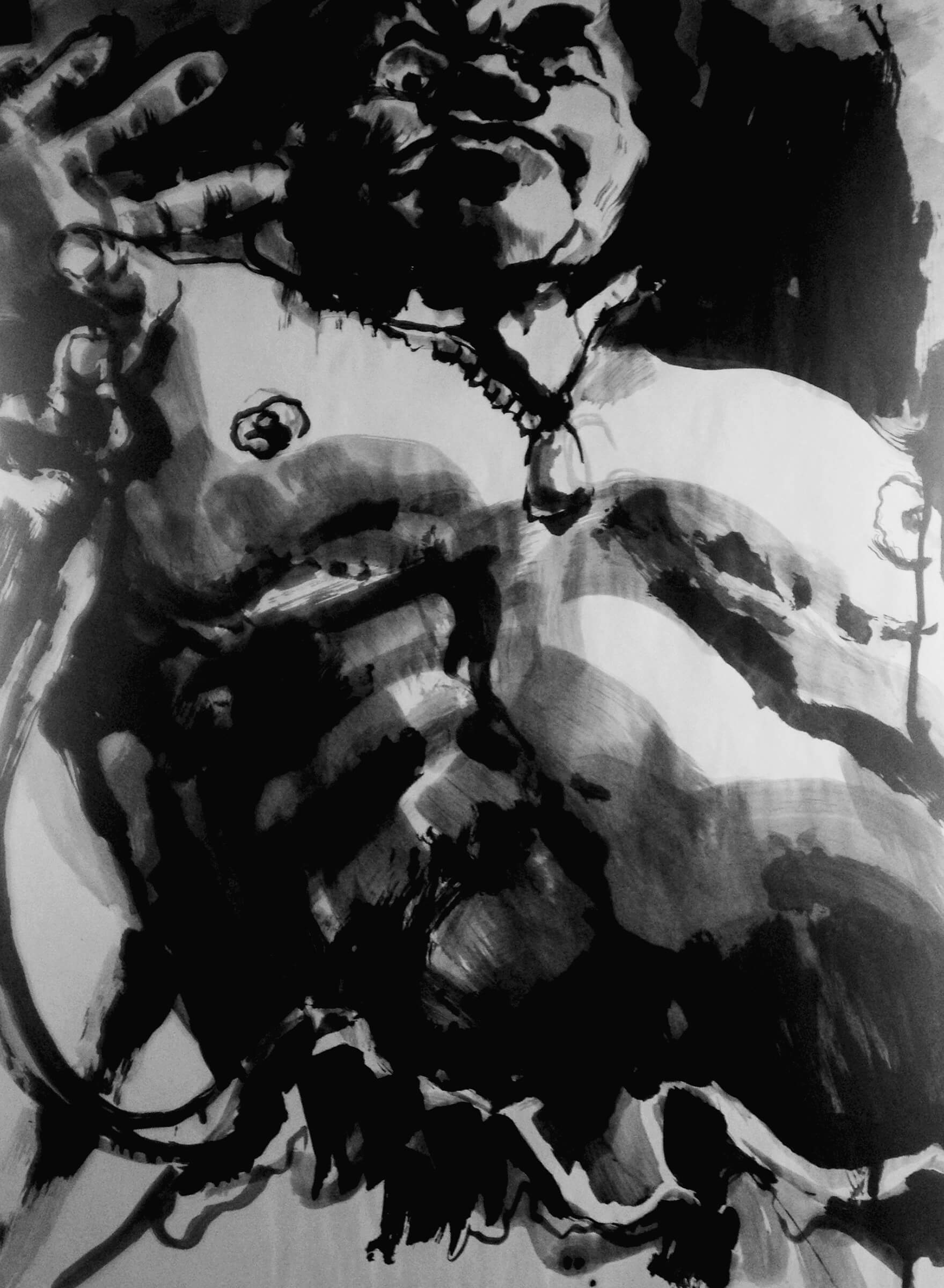
It is this perspective that would eventually fuel the greater context of my work. It was here that I took my first step beyond the scope of martial arts I had been looking through for so long. Though I would eventually move beyond the metaphor of fighting and martial arts, it still provided the contours of something I couldn’t yet see in another way.
Originals Available at the Shop



